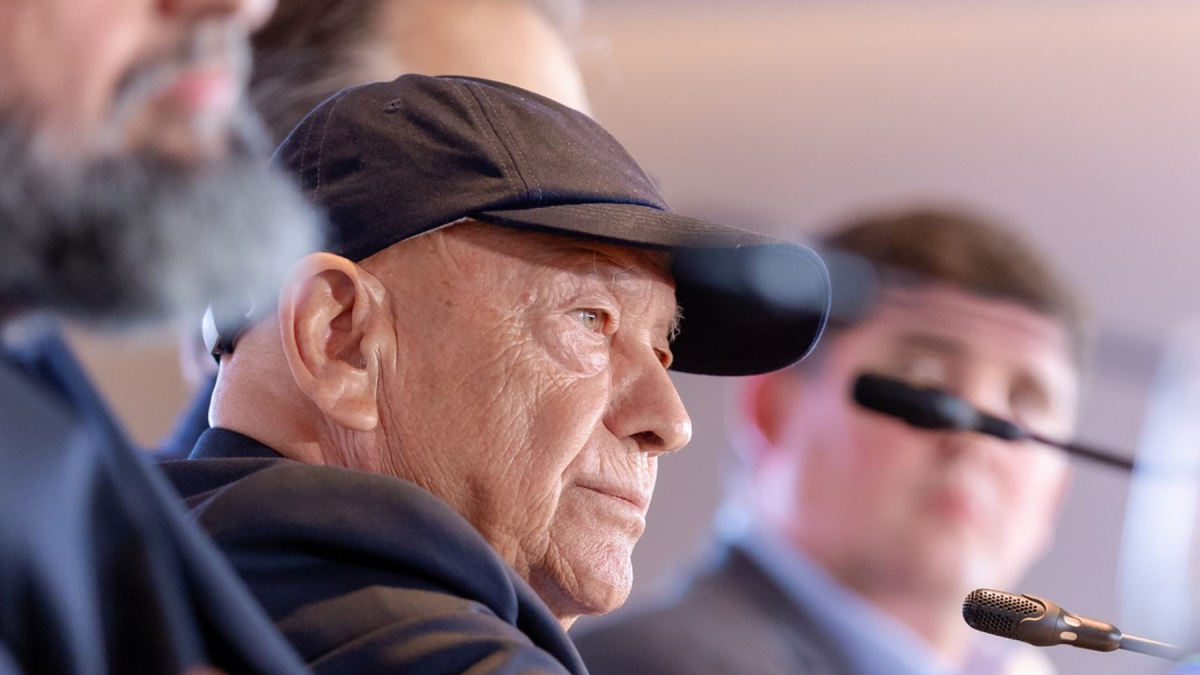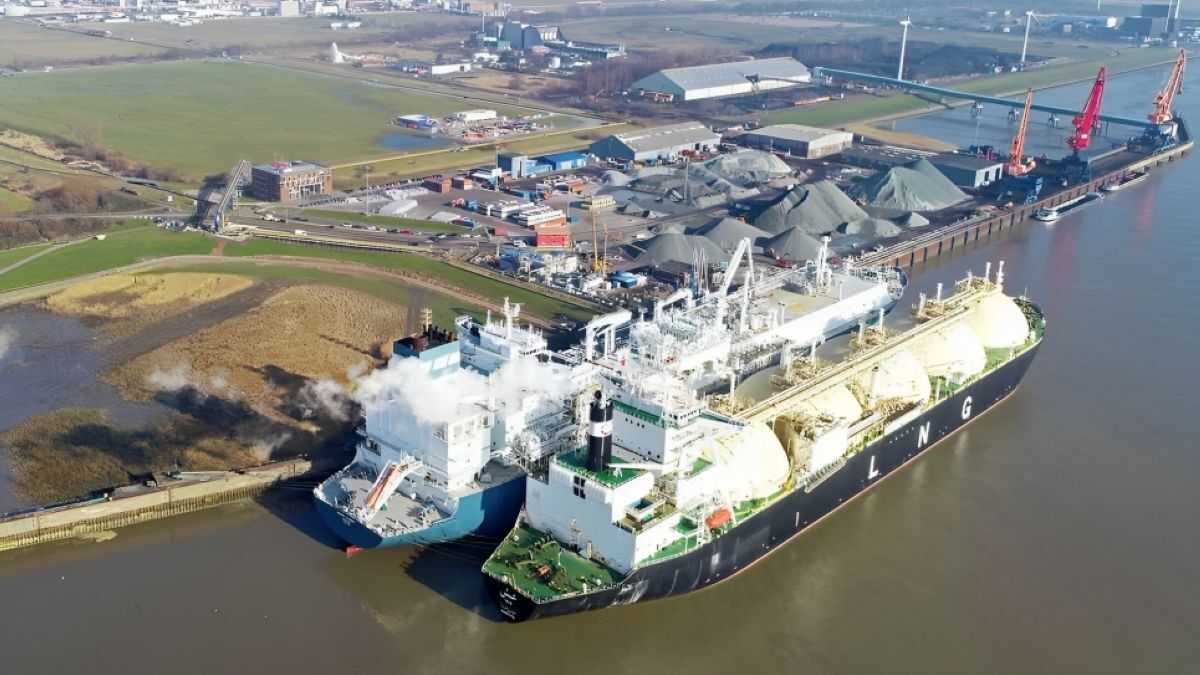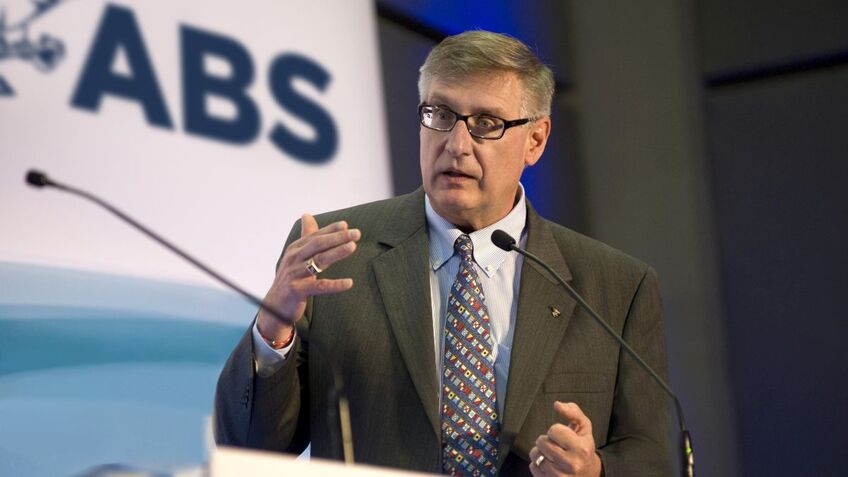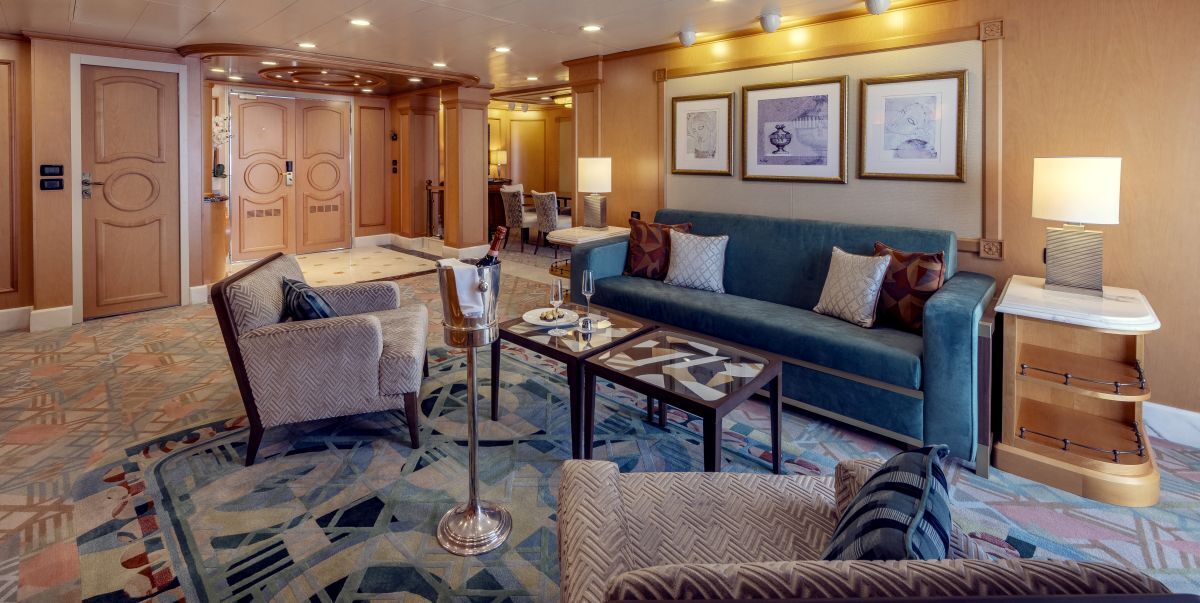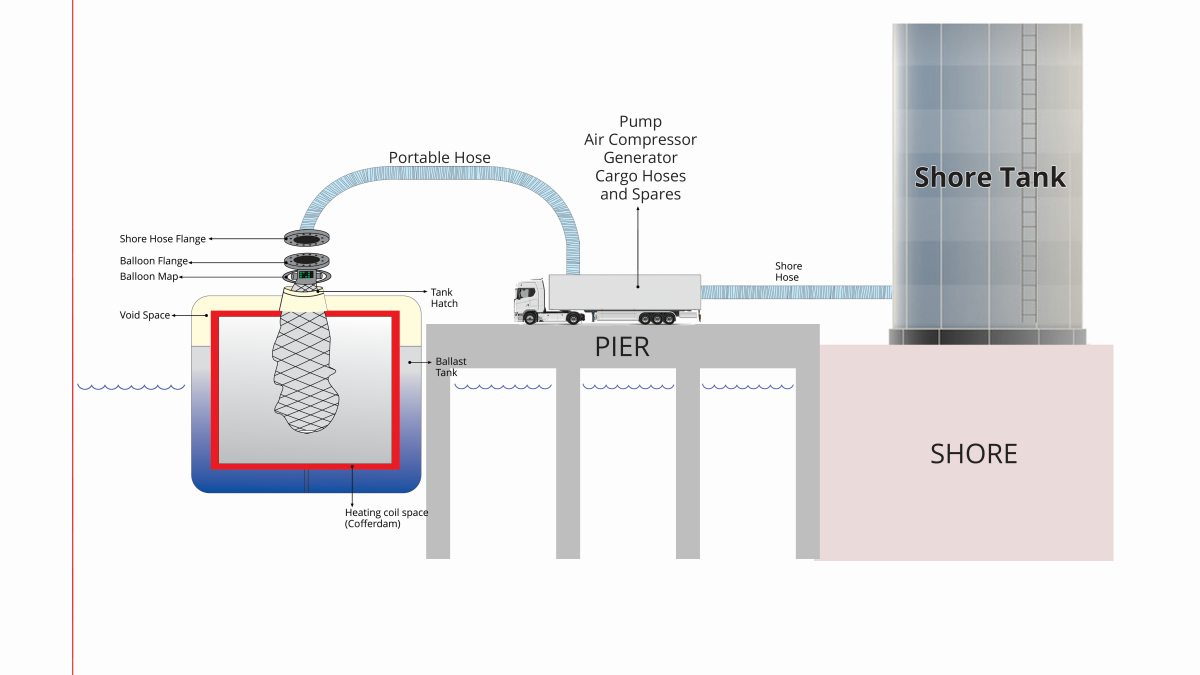Business Sectors
Events
Contents
Register to read more articles.
Greek and Cypriot tanker orders reach recent high
The Q1 2025 orderbook hit 286 tankers as owners responded to market strength and regulatory developments
Over the past two decades, the Greek and Cypriot tanker orderbook has exhibited pronounced volatility, closely tied to macroeconomic cycles and evolving regulatory regimes. Across this 20-year period, the average quarterly orderbook stood at approximately 158 tankers. Periods of expansion were typically aligned with favourable market conditions, such as those observed during the 2005–2008 shipping cycle, while downturns coincided with economic contractions and regulatory uncertainty.
In the first quarter of 2025, the orderbook for Greek and Cypriot tanker owners reached 286 units. This is the highest level recorded since the early 2000s, more than 80% above the long-term quarterly average. The sharp rise suggests renewed confidence among owners, prompted by robust freight markets, a focus on fleet renewal, and regulatory changes, including the Carbon Intensity Indicator and FuelEU Maritime.
The orderbook reflects activity at shipyards, with newbuilding contracts providing a clearer picture of owner sentiment. In early 2022, Greek contracting activity reached a low, with only two tankers ordered in the first quarter of that year. However, within 12 months, contracting volumes had strengthened considerably, with 25 tankers ordered in the same quarter of 2023 — well above the long-term quarterly average of 18 contracts.
This upward trend continued into the second quarter of 2024, when 53 newbuilding contracts were recorded. This figure is the highest in the dataset and a clear indication that the country’s shipowners, long regarded as astute market participants, have returned to the yards in strength.
The growth in contracting has been driven by some of Greece’s most recognisable names. George Prokopiou, Nikos P Tsakos, Anna Angelicoussis Kanellakis, and Evangelos Marinakis have all played a role in building or renewing national fleet capacity.
“The country’s shipowners, long regarded as astute market participants, have returned to the yards in strength”
George Prokopiou-led Dynacom Tankers is the undisputed leader with nearly 50 tankers on order, more than twice that of any other Greek owner. His orderbook comprises VLCCs, Suezmax tankers, Aframax tankers and Panamax-sized tankers. VesselsValue estimates the Dynacom Tankers orderbook at US$3.Bn in Q1 2025.
In the latest developments, Pantheon Tankers (Anna Angelicoussis Kanellakis) has entered into an agreement with HD Hyundai for the construction of two Suezmax tankers. Pricing for the deal was not disclosed, but brokers place the value of a new Suezmax at around US$87–88M. HD Hyundai confirmed a similar deal with Angola’s Sonangol Shipping in the same quarter, with a total contract value of US$177M for two vessels, implying a price per ship in excess of US$88M.
Pantheon Tankers currently manages a fleet of 39 vessels and is pursuing further expansion. Its newbuilding programme includes six ships ordered in the first quarter of 2025 from Chinese yards: two VLCCs and four Aframax/LR2 tankers.
Meanwhile, Tsakos Energy Navigation (TEN), under the direction of Nikos P Tsakos, is pursuing what it describes as the most extensive fleet growth strategy in its history. The company is investing in modern tonnage and disposing of older vessels. One of its most notable recent initiatives is participation in a major shuttle tanker programme for Brazilian charterer Transpetro, in partnership with South Korea’s Samsung Heavy Industries (SHI).
SHI disclosed that the contract has a value of approximately US$1.3Bn, with deliveries scheduled through 2028. Under the terms of the agreement, TEN’s newbuildings will be placed on 15-year bareboat charters with Petrobras’ logistics subsidiary. The charterer will be responsible for all operating and technical costs during the term. TEN has projected gross revenues of US$2.0Bn from this arrangement. The agreement builds upon an existing relationship between the two companies. TEN and SHI are already collaborating on three DP2 shuttle tankers, with deliveries scheduled for 2025 and 2026, also on long-term contracts with oil majors.
Elsewhere, South Korean yards continue to benefit from an apparent shift in Greek contracting preferences, especially as geopolitical developments influence supply chain considerations. In early 2025, reports emerged of Evangelos Marinakis-led Capital Group returning to South Korea with a planned investment in two VLCC newbuildings at Hanwha Ocean.
According to market sources, Capital has signed a letter of intent for the two vessels. Xclusiv Shipbrokers estimated the price at approximately US$125M per unit, with deliveries scheduled for 2027. Should this agreement be finalised, it would represent a notable shift in Capital’s strategy. In recent years, the company has concentrated its tanker newbuilding activity in China, reserving Korean shipyards largely for LNG carrier projects.
Capital already has six VLCCs on order at CSSC subsidiary Dalian Shipbuilding Industry Co, with delivery scheduled through 2028. In addition, the company is building six Suezmax tankers at New Times Shipbuilding and four Aframax/LR2 tankers at the same yard. All vessels will be fitted with LNG dual-fuel propulsion, reflecting an evolving view of environmental compliance.
Not all Greek shipowners are following the same propulsion strategy. Greek shipbroker house Intermodal’s head of research, Yiannis Parganas, observed that while there is a trend toward more sustainable technology, the pace of adoption varies. “As the shipping industry accelerates efforts toward environmental sustainability by reducing greenhouse gas emissions and pollution, multiple regulatory frameworks have been introduced, including the Poseidon Principles, FuelEU Maritime and the Hong Kong Convention, which is expected to come into force by mid-2025,” he said.
Global shipyard data supports the observation that alternative fuels are becoming a more common feature of the tanker orderbook. Among the top 10 shipowning nations for all vessel types, 43.0% of newbuildings on order are powered by alternative fuels. Italy, ranked tenth by overall order volume, leads the way with 90% of its newbuildings incorporating green technologies. Norway, in sixth place, follows with 6.07% of its orderbook consisting of vessels with alternative propulsion. With the exception of Turkey and the Netherlands, all countries in the top ten now have more than 35.0% of their respective orderbooks dedicated to alternative fuel tonnage.
Greece, which ranks second globally for total vessel orders, and Japan, in third place, both show similar adoption rates of approximately 40%. China, the global leader in total newbuilding volume, remains just below the average, at 37%.
This changing landscape indicates a shift in priorities within the tanker sector, as regulatory clarity begins to exert greater influence on investment decisions. The diversity in propulsion choices reflects varying assessments of compliance costs, charterer preferences, and long-term fuel availability.
As the regulatory environment continues to evolve and new environmental legislation enters into force, the structure of the Greek and Cypriot orderbook will remain under close observation. While the present trend suggests a renewed appetite for expansion and modernisation, future developments will depend on how these newbuildings perform within the broader context of decarbonisation and fleet renewal economics.
Related to this Story
Events
Maritime Environmental Protection Webinar Week
Cyber & Vessel Security Webinar Week
The illusion of safety: what we're getting wrong about crews, tech, and fatigue
Responsible Ship Recycling Forum 2025
© 2024 Riviera Maritime Media Ltd.


